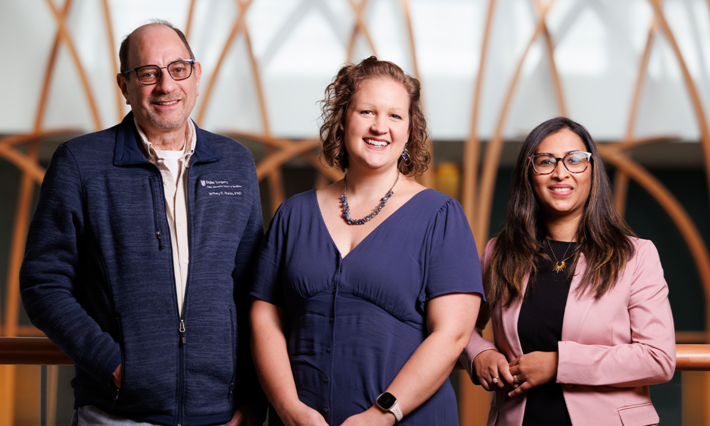“We're always looking for stories where what we do at the bench impacts what we do in the clinic,” said Donald McDonnell, PhD, co‐director of the Women’s Cancer program at Duke Cancer Institute, “like one where a young graduate student finds a drug, then the drug is patented, licensed, and in a phase two trial within a matter of a couple years …. I love the narrative. You can count on one hand the number of times that happens.”
This was one of those times.





